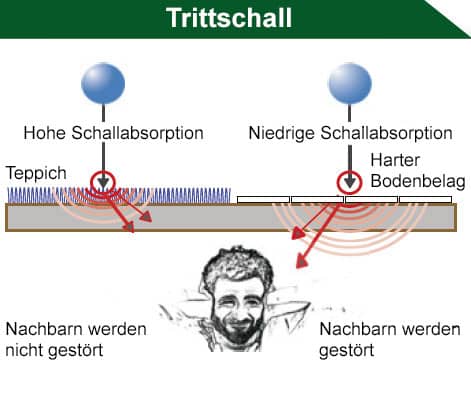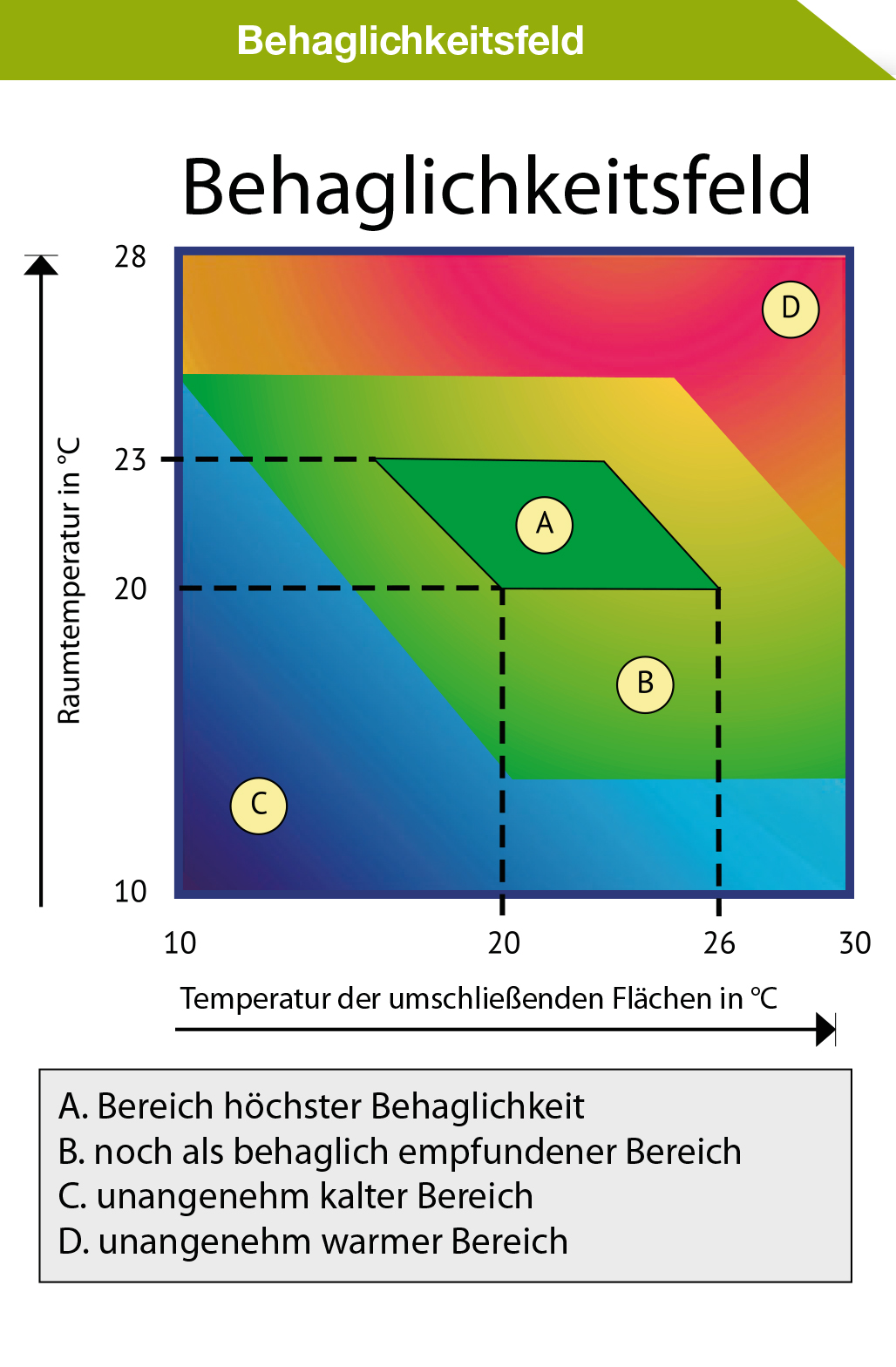Noise & sounds
Carpet: the best floor covering to fight unwanted noise
Noise and sounds are a burden in our everyday lives. Learn more about the benefits of textile floor coverings in living and working areas to reduce sounds and noise.
Carpeting helps to avoid unwanted noise
Noise is one of the most pervasive pollutants today. Noise from road traffic, airplanes, construction works creates the audible litter that is routinely transmitted through the air.
- Excessive noise levels affect mental concentration, becoming an obstacle to normal activity. At extreme levels, they generate pain and loss of hearing.
- Noise disturbs the sleep, reducing vitality and concentration. It creates stress, inducing hormonal change and increasing the production of cortisol and adrenalin.
- It leads to nervous, digestive and cardiovascular diseases. It reduces the hearing.
- A study conducted in Berlin has shown that the risk of heart failure is increased by 30% for people living in noisy streets. (Source: UBA, Press Release 19/2004)
How to keep friendly neighbours
Neighbour impact noise becomes a problem once it reaches excessive levels. Impact noise from footfalls is a quite unique problem as the exposed dwellers feel they are unable to avoid it. This then creates a strong lack of control feeling over their own environment, even though the person upstairs may be carrying out normal living activities.
Impact noise from adjacent dwellings may act indirectly as a catalyst towards detrimental health through a variety of mechanisms. The extent of the effect on health and well-being is dependent on an individual’s sensitivity, health profile, circumstances and perception of, or control over, the noise problem.
Non-auditory effects of domestic noise are identified as:
- sleep disturbance
- activity disturbance
- annoyance
- emotional response
Activities such as resting and listening to television/radio are the most common noise-disrupted activities and this unwanted noise may cause feelings of anger, depression and fear. Thus, noise transmission between dwellings increases tensions between neighbours and can lead to disputes, at times even physical assaults.

Teppichboden verbessert Wahrnehmung von Behaglichkeit
Tatsächlich verbessert ein Teppichboden sowohl die physiologische als auch die psychologische Wahrnehmung von Behaglichkeit: In einem mit Teppichboden ausgelegten Raum fühlen sich Bewohner auch dann noch wohl, wenn die Zimmertemperatur 1 bis 2°C niedriger ist als in Räumen ohne Teppichboden. Die optimale Raumtemperatur richtet sich auch nach dem Verwendungszweck und den Tätigkeiten.
Bei sitzender Tätigkeit und leichter Bekleidung sollte die Raumtemperatur nicht unter 20 °C und nicht über 22 °C liegen. Bei erhöhter körperlicher Tätigkeit oder gut isolierender Kleidung kann die Raumtemperatur entsprechend abgesenkt werden.
Aus bauphysikalischer Sicht gibt es einen klar definierten Bereich, in dem sich der Mensch in geschlossenen Räumen am wohlsten fühlt: dem “Behaglichkeitsfeld”! (siehe Abbildung)
Dieses “Behaglichkeitsfeld” definiert sich durch die bereits erwähnten optimalen Raumtemperaturen und der Temperatur der umschließenden Flächen.
